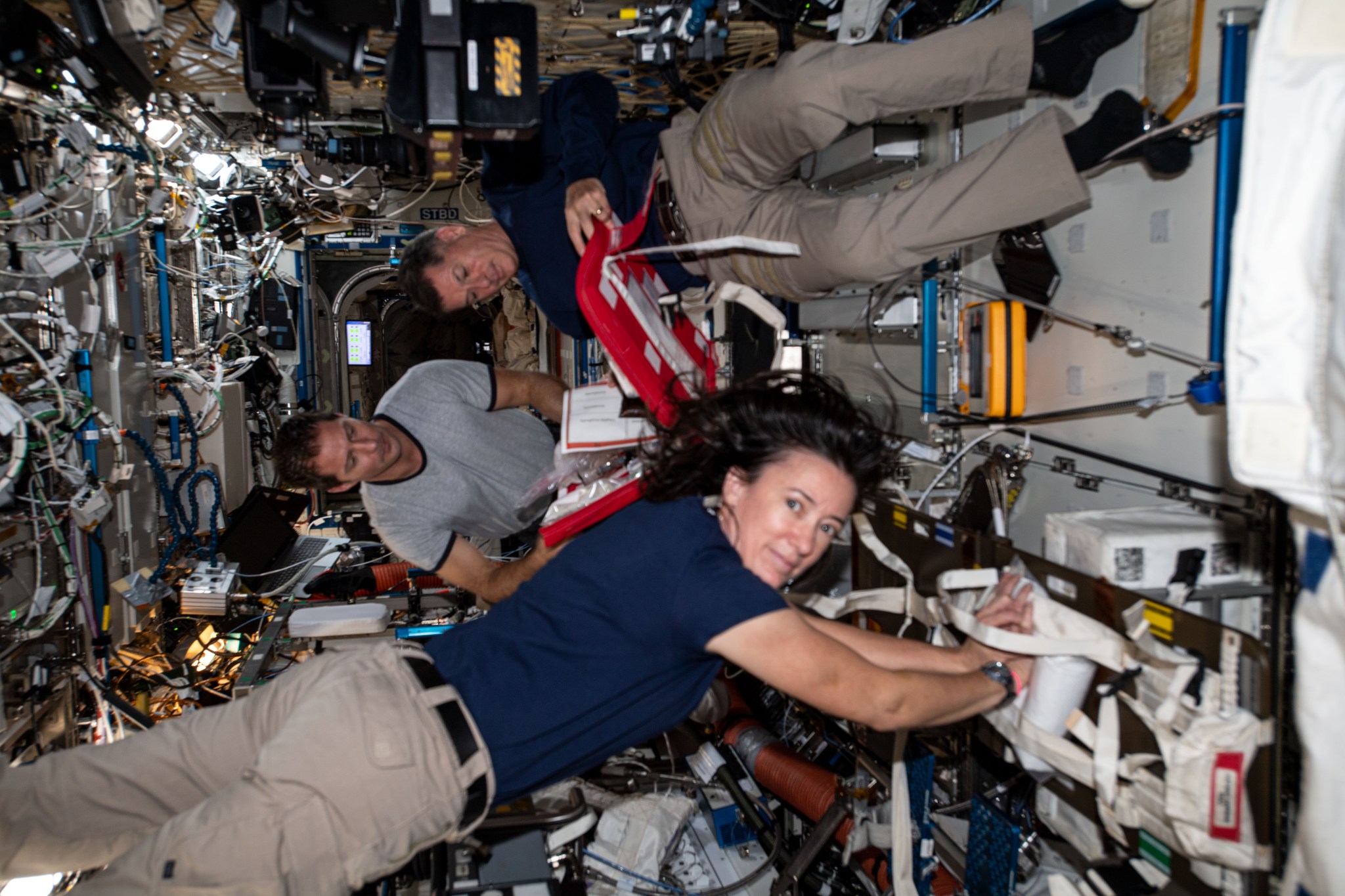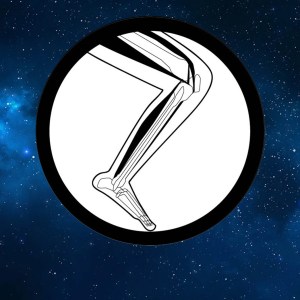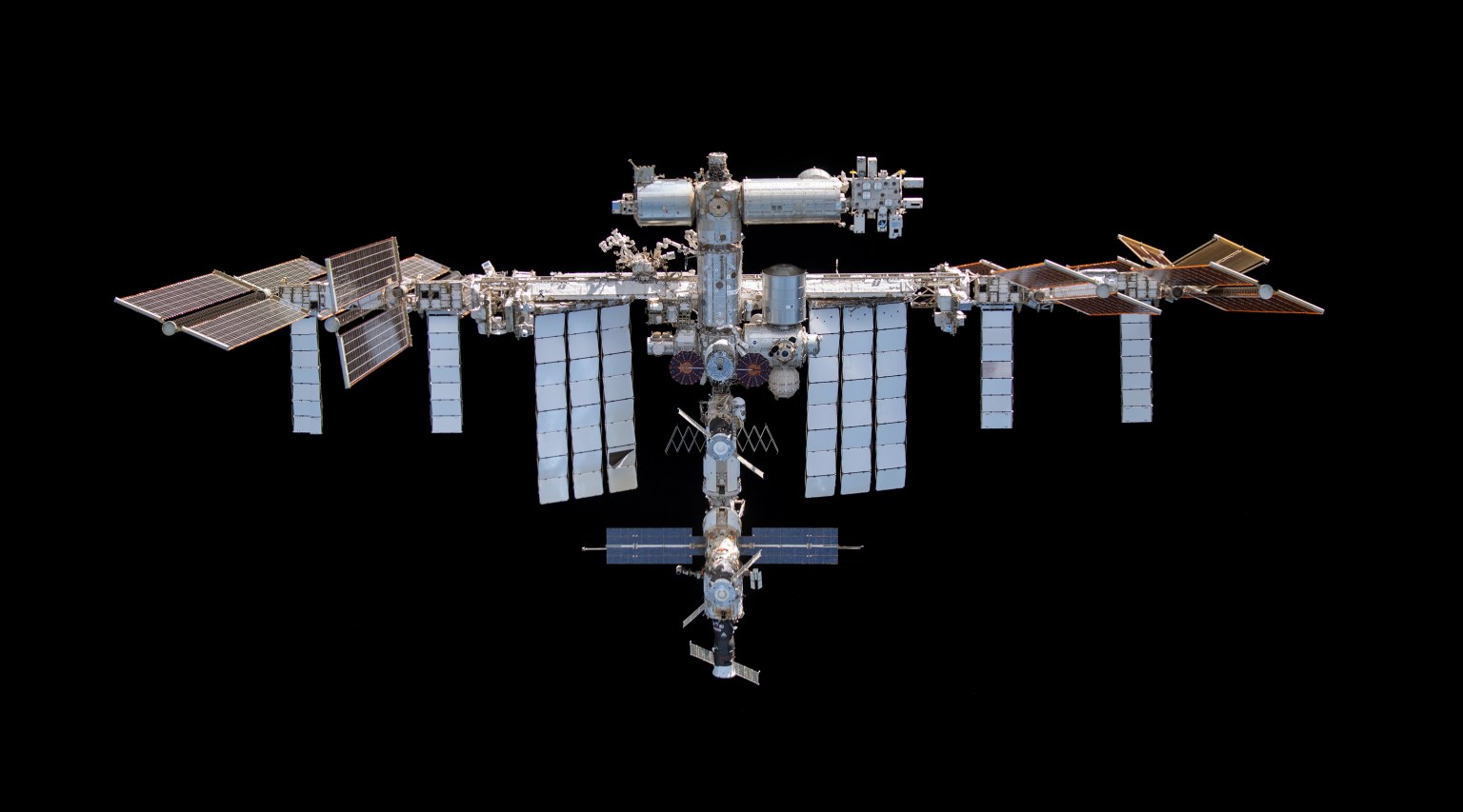Exposure to altered gravity leads to changes in sensorimotor/vestibular function that manifest in motion sickness, spatial disorientation, decrements in postural control and locomotion, and manual and fine motor control deficits. It takes hours to days for the body to readapt to gravity upon landing, with associated balance issues and visual inconsistencies. The risk of impairment is greatest during and soon after G-transitions when performance decrements may have high operational impact [manual landings, immediate egress following landing, early extravehicular activities (EVAs)].
Directed Acyclic Graph Files
+ DAG File Information (HSRB Home Page)
+ Sensorimotor Risk DAG and Narrative (PDF)
+ Sensorimotor Risk DAG Code (TXT)
Human Research Roadmap
+ Risk of Altered Sensorimotor/Vestibular Function Impacting Critical Mission Tasks
































